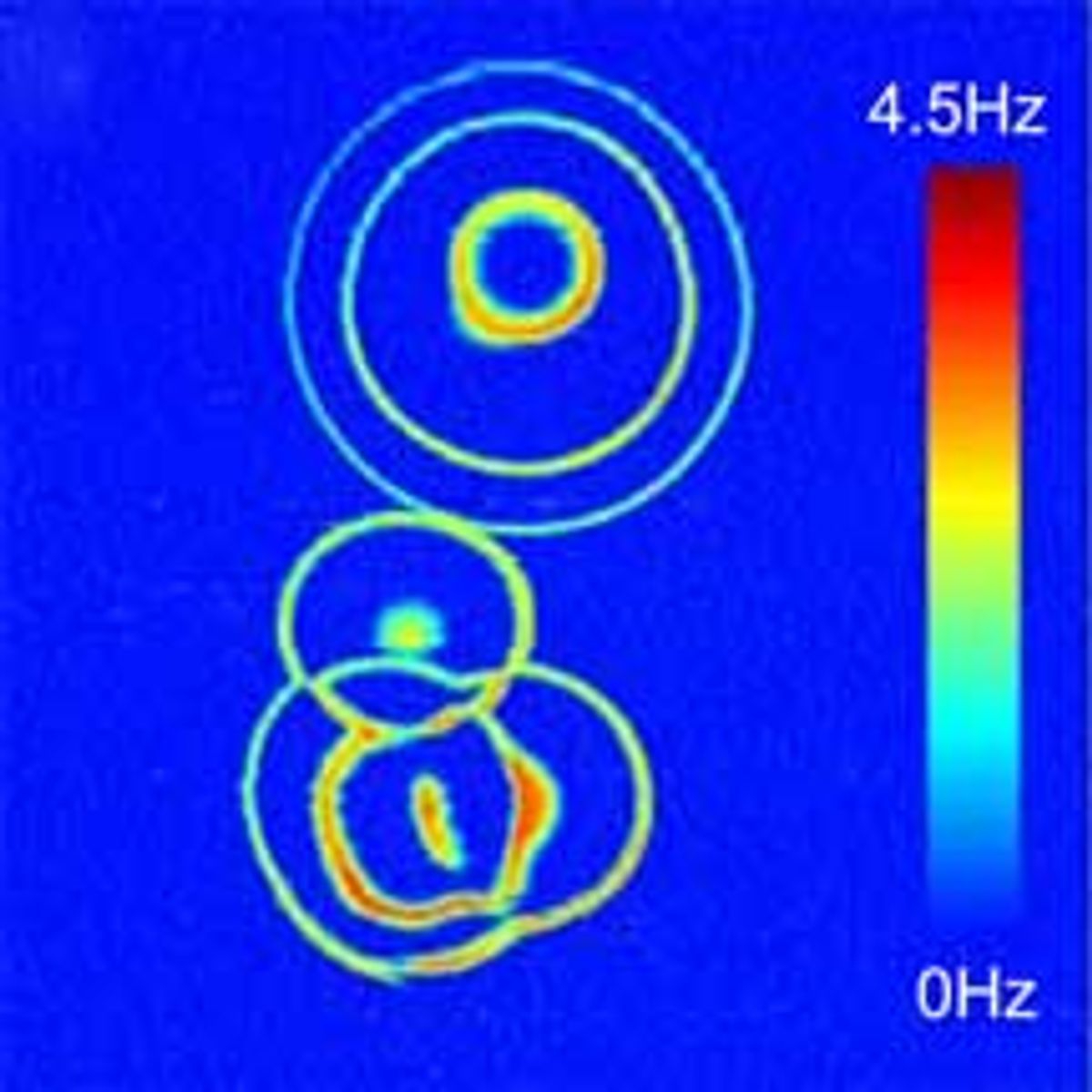9 June 2010—A team of researchers at McGill University, in Montreal, has found a way that allows them to measure the movement of individual electrons going in and out of semiconductor structures called quantum dots—a trick that could help make future quantum computers possible.
Quantum dots are tiny bits of semiconductor a few nanometers in diameter, so small that their dimensions alter the behavior of the electrons. The dots are key to several quantum computing schemes because they can store a quantum bit of information, or qubit. Whereas today’s computers operate with bits in either one of two states—1 or 0—qubits can occupy both states at once, or some state in between. That allows a quantum computer to process more information simultaneously, dramatically increasing how fast calculations can be performed.
But to build the qubits, researchers need to figure out how the quantum dots work and which semiconductor compounds give them the most desirable properties. They also want to know how the dots should be arranged so that they work together in an optimal way.
The McGill team, led by physics professor Peter Grütter and researcher Yoichi Miahara, added a tiny attachment for an atomic force microscope that told them when electrons moved into the dots. The attachment was a beam of silicon about 50 micrometers wide and a few hundred micrometers long, with a pyramid-shaped tip. The team attached one end of this cantilever to the microscope and positioned the tip 20 nanometers above a batch of quantum dots made of indium arsenide, which sat atop a chip of indium phosphide. The indium phosphide contained a reservoir of free electrons in a layer below the surface.
Applying a voltage to a piezoelectric actuator underneath the structure sets the cantilever oscillating up and down. Another voltage is applied between the reservoir and the cantilever. ”When we get the voltage right, an electron can tunnel into the quantum dot,” says Lynda Cockins, a Ph.D. candidate and lead author of the paper, which appeared recently in the online version of Proceedings of the National Academy of Sciences. When an electron moves into the dot, its electrostatic force pushes slightly against the cantilever, damping the oscillation. This damping is the signal that the researchers measure.
The technique is particularly useful because it provides a way of accessing the quantum dot without directly connecting to it. Scientists have been able to measure the changes in energy levels in quantum dots for some time, but not without placing electrodes on the chip, which can alter the electrical properties being measured.
Seigo Tarucha, of the University of Tokyo, says the noncontact technique could help researchers design the dots so that they contain just a single extra electron each. This will allow the researchers to map the positions of the electrons’ wave functions. Mapping the wave function of multiple quantum dots could help quantum computer designers better understand how to arrange their dots to form quantum logic gates, he says.


